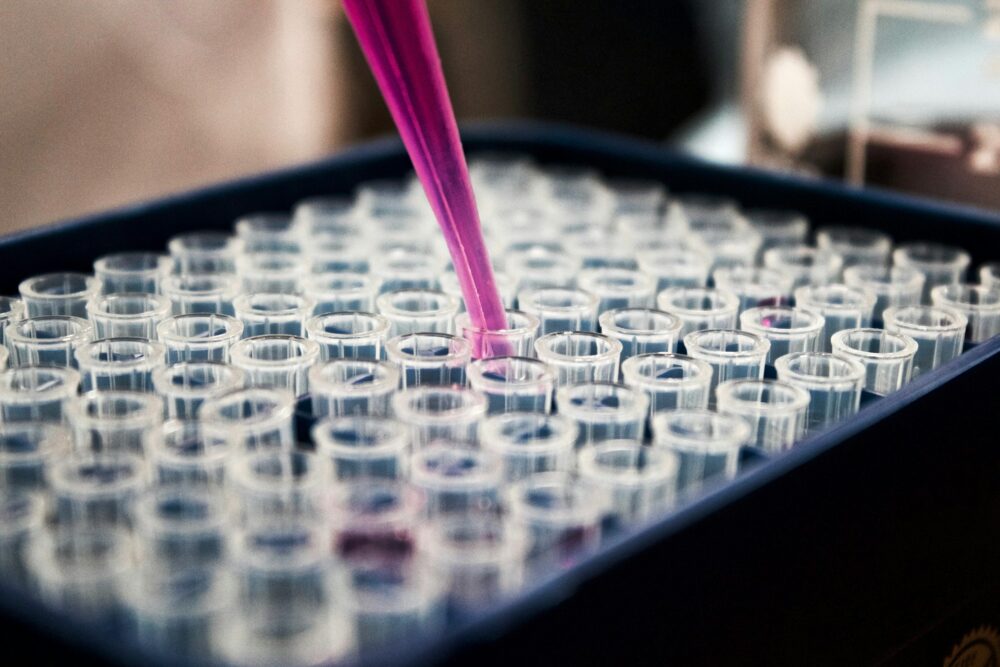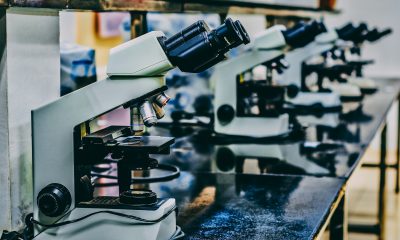Biotech
Spending on R&D in Biotechnology Increased by 13% in 2022 and Reached 2.56 Billion
In 2022, spending on biotechnology Research and Development (R&D) increased by 13% to reach 2.56 billion euros. Company expenditure grew by 17.8%, accounting for 47.7% of the total. Spain’s R&D workforce comprises 35,301 people, with 54% being women. Catalonia, Madrid, and Andalusia were the top spenders among autonomous communities. Human health and food were the primary areas of application.

Spending on Research and Development (R&D) in biotechnology increased by 13% in 2022 and reached 2.56 billion. In companies, this item grew by 17.8%, to 1.22 billion (47.7% of the total), according to data from the Statistics Institute (INE). This expense accounted for 13.3% of total spending on internal R&D activities and, by execution sector, company spending increased by 17.8% and that of the higher education sector by 10.8%.
In relation to the total expenditure on internal R&D activities in biotechnology, companies presented the highest percentage (47.7% of the total). Behind were public administration (30.2%), higher education (21.6%) and private non-profit institutions, with 0.4%.
Internal R&D activities related to biotechnology were financed in 2022, mainly by companies (44.4% of the total) and the public administration sector (40.1%).
Spain has a workforce of 35,301 people, 22,325 of whom work full-time in R&D
Regarding the group of researchers, it has a staff of 35,301 people, of which 22,325 were dedicated full-time to R&D activities in biotechnology . 54% of this staff were women.
Among the areas of final application of the products obtained from the use of different types of biotechnologies, human health and food stood out, with 48.7% and 32.4% of the total units , respectively.
Data by autonomous communities
The autonomous communities that spent the most on internal R&D activities in biotechnology in 2022 were Catalonia (with 31.5% of the total), Community of Madrid (26.9%) and Andalusia (9.6%), Valencian Community (7.8%), Basque Country (5.9%), Galicia (5%), Castilla y León (2.9%) and Navarra (2%).
Below 2% are Murcia (1.8%), Aragon (1.6%), Castilla La Mancha (1.4%), Asturias (1%), the Canary Islands (0.8%), La Rioja (0 .4%) Cantabria (0.3%) and Extremadura (0.2%).
The majority of Spanish companies invested in R&D
84% of Spanish companies in the health and biotechnology sectors say that in 2024 they have increased their research and development (R&D) budget compared to 12% that have maintained it and 4% that have cut it. These are data for PlantaDoce from the V International Barometer of Innovation of the consulting firm Ayming, resulting from a survey of one thousand R&D and innovation directors, financial directors and executive directors of companies in 17 countries . Of these, a quarter correspond to Spanish companies.
The most recurrent sources of financing among those surveyed are public aid from state and regional administrations and self-financing, both with 58% . These R&D financing channels are followed by debt and equity and tax deductions (50% each) and international subsidies (23%).
The weight of financing via public aid grows 14 percentage points compared to the previous barometer, when these represented 44%, and tax deductions 17 points compared to 2023. According to the general director of Ayming in Spain, this is due to strategic projects to economic recovery and transformation (Perte) such as Vanguardia Health , designed specifically for the development of R&D in this area.
__
(Featured image by Louis Reed via Unsplash)
DISCLAIMER: This article was written by a third party contributor and does not reflect the opinion of Born2Invest, its management, staff or its associates. Please review our disclaimer for more information.
This article may include forward-looking statements. These forward-looking statements generally are identified by the words “believe,” “project,” “estimate,” “become,” “plan,” “will,” and similar expressions. These forward-looking statements involve known and unknown risks as well as uncertainties, including those discussed in the following cautionary statements and elsewhere in this article and on this site. Although the Company may believe that its expectations are based on reasonable assumptions, the actual results that the Company may achieve may differ materially from any forward-looking statements, which reflect the opinions of the management of the Company only as of the date hereof. Additionally, please make sure to read these important disclosures.
First published in PlantaDoce. A third-party contributor translated and adapted the articles from the originals. In case of discrepancy, the originals will prevail.
Although we made reasonable efforts to provide accurate translations, some parts may be incorrect. Born2Invest assumes no responsibility for errors, omissions or ambiguities in the translations provided on this website. Any person or entity relying on translated content does so at their own risk. Born2Invest is not responsible for losses caused by such reliance on the accuracy or reliability of translated information. If you wish to report an error or inaccuracy in the translation, we encourage you to contact us

-

 Crypto1 week ago
Crypto1 week agoXRP vs. Litecoin: The Race for the Next Crypto ETF Heats Up
-

 Biotech5 days ago
Biotech5 days agoSpain Invests €126.9M in Groundbreaking EU Health Innovation Project Med4Cure
-

 Crypto2 weeks ago
Crypto2 weeks agoRipple Launches EVM Sidechain to Boost XRP in DeFi
-

 Biotech11 hours ago
Biotech11 hours agoAdvancing Sarcoma Treatment: CAR-T Cell Therapy Offers Hope for Rare Tumors
























